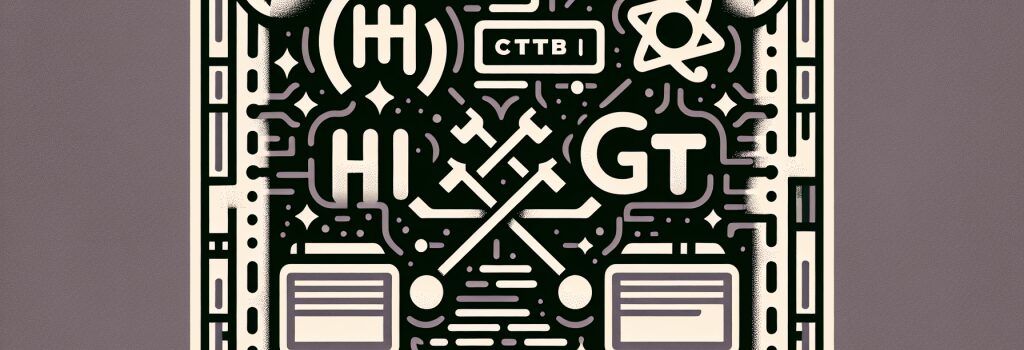Collaborating with Git for HTML Projects: Best Practices

Welcome aboard fellow web warriors! Today, we will dive headfirst into the captivating world of Git, a safe haven for every HTML coder. Time to decode its mysteries and sync better with your team.
Overcoming Collaboration Challenges
If you’ve ever collaborated on a big project, you probably know the feeling of pulling your hair out after receiving a dreaded message: “who on earth changed this line of code?!” Take a deep breathing and keep reading, as Git was invented precisely to give your hair a break.
What exactly is GIT?
Git is like the bread of the coding world – available everywhere and essential for survival. In simple terms, it’s a system used for tracking changes in any set of files. It’s called version control software – kind of like tracking changes in Microsoft Word, but on steroids. But remember, Git won’t write your code; don’t get too excited!
Getting started with Git
Equip your coding shield with three key commands of Git: ‘commit’, ‘push’, and ‘pull’. ‘Commit’ is like saying, “Yes, I did this, and I am proud of it”. ‘Push’ is making sure everyone knows what you did, and ‘pull’ is being open to what everyone else has done. Sounds like a team-building exercise? You bet!
Best Practices: Git for HTML Projects
1. Little and often is the way forward
Commit often and in small chunks – not only when the project is finished. Small, easy-to-understand, and easy-to-fix commits are the aim for a happy team. It’s like sharing pizza slices instead of throwing the whole thing at once.
2. Commit Log: Beauty Lies in Details
Keep commit logs descriptive and stick to the past tense – “added new heading”, “fixed logo alignment”, etc. Remember, you’re writing a novel, not a thriller.
3. Branch Out
Master Branch is the Holy Grail. Don’t code directly on the master branch; create separate branches for different features. Protective much? Sure!
4. Merge Wisely, Grasshopper
Before you merge your changes with the master, pull the latest updates. Trust me, you don’t want any ugly surprises or conflicts.
5. Resolve Conflicts with Zen
In Git, conflict isn’t a dreaded term. It just means the system needs your wise intervention to decide between the changes. So, grab a coffee, transport yourself to a Zen garden, and resolve them calmly!
6. Consistent Naming Conventions
Use consistent naming conventions for branches. Don’t go on a creativity spree here! For eg: ‘feature/adding-navigation’, ‘bugfix/header-alignment’ etc. helps in better understanding.
7. Clean Up After Yourself
As much as you love your branches, delete them after they are merged and deployed. Keep things neat and tidy!
Now that you know the best practices for using Git , put your game face on, roll up your sleeves and get down to some serious code collaboration.
Also, remember I mentioned Git is like bread? Well, consider yourself a master baker now.


